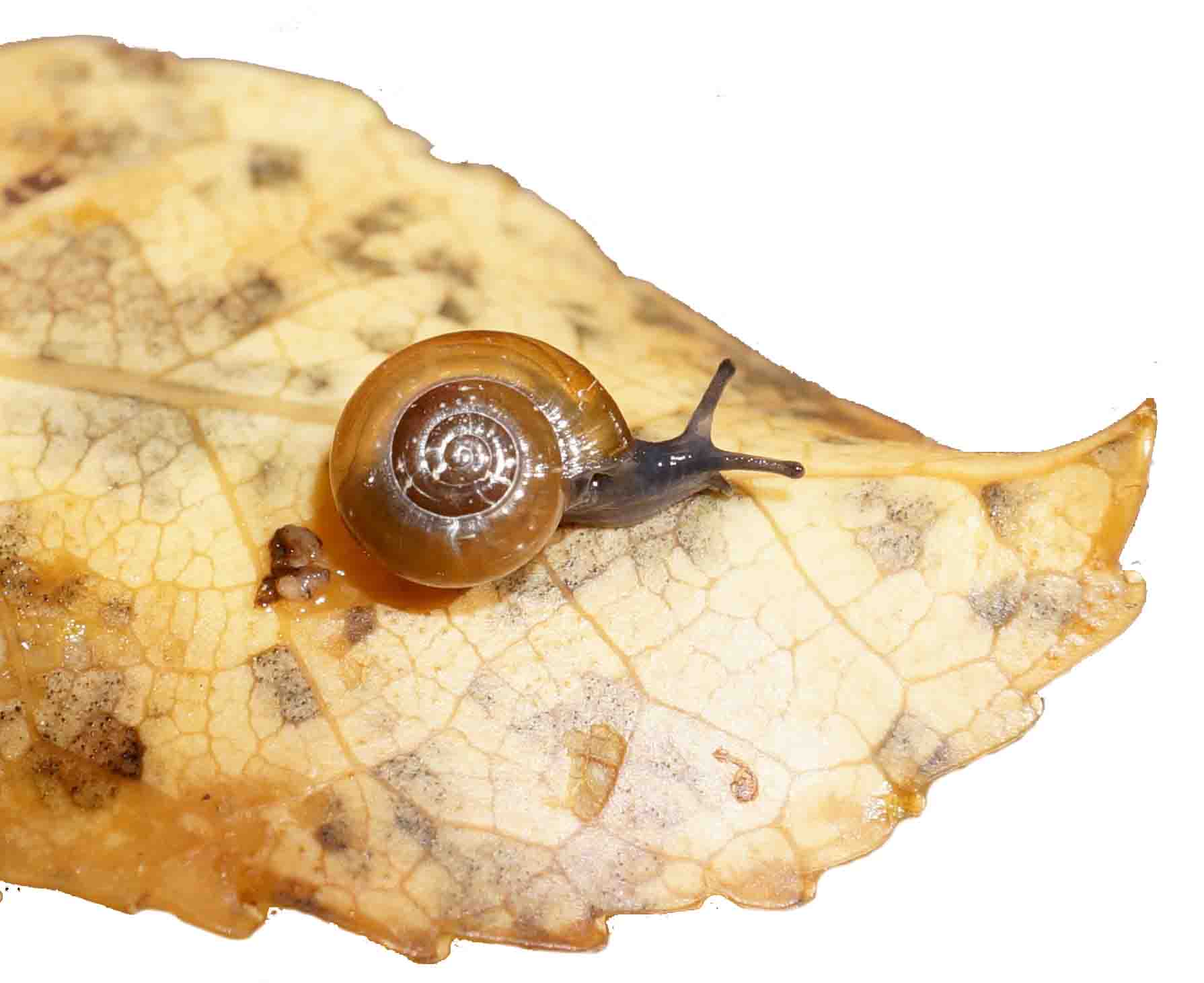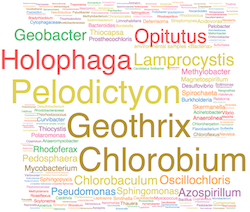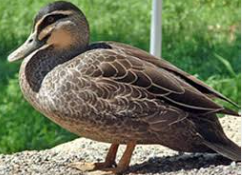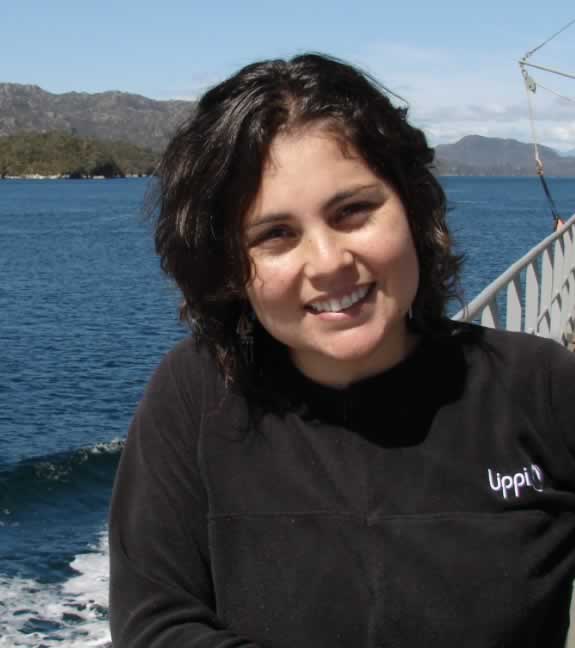|
|
|
Maurine Vilcot - 2019
I am studying biology at the ENS de Lyon in France. This leading institution has allowed me to accumulate lots of knowledge and techniques in many different fields of biology. It is only during my current master’s degree that I started to really focus on topics as evolution, ecology and population genetics. My last internship, in which I explored the development of mouse molars in relation with their recurrent elongation in islands, enabled me to have very different approaches of a subject, from molecular work to bioinformatics. I come in New Zealand to examine mate choice, population genetics and hybridization of grasshopper in order to have a more comprehensive view of an introgression between two Phaulacridium grasshopper species.
Resulting publication: Morgan-Richards M, Vilcot M, Trewick SA. 2021 Lack of assortative mating might explain reduced phenotypic differentiation where two grasshopper species meet. Journal of Evolutionary Biology 35: 509–519
Université de Lyon
France |

|
David Carmelet-Rescan - 2018
As a master student in University of Poitiers in France I am in New Zealand to complete a six month internship on geometric morphometrics. My past internships based on cod populations in the transition zone between North Sea and Baltic Sea gave me strong skills in statistical analysis and seascape genetics. Highly motivated by species evolution, population genetic and statistical analysis, I am keen to learn more about the genetics of local adaptation and stimulated by all research in this area. Here in New Zealand I am studying endemic alpine grasshoppers using geometric morphometrics to examine the correlation between shape, geographic location, environmental variation and population genetic structure.
Resulting publication: Carmelet-Rescan D, Morgan-Richards M, Koot EM, Trewick SA. 2021. Climate and ice in the last glacial maximum explain patterns of isolation by distance inferred for alpine grasshoppers. Insect Conservation & Diversity 14: 568–581
Université de Poitiers
France |

|
Kao Akiyama - 2017
I am studying evolutionary biology as a Masters student at Tohoku University in Japan. The system I am exploring using phylogenetic and other methods are land snails of Ogasawara (Bonin) Islands. These volcanic islands are geologically old (~45 million years), but physically isolated in the Pacific Ocean and have never been connected to the main island. This means they have a distinctive biota with relatively low diversity but high endemism with many unusal features. I am also developing a phylogenetic hypothesis for the molluscan family Succinedae in Japan. In New Zealand I am examining spatial biodiveristy of endemci microsnails and using morphological and genetic data to better understand the history of the many tiny snail lineages.
Graduate School of Life Sciences
Tohoku University
Japan
|

|
Antero Prieto - 2017
As a PhD student at the University of Vigo, Spain, I had the opportunity to complete a four month internship in New Zealand. The research for my PhD thesis on how phytoplankton and heterotrophic bacteria influence marine microbial communities links with a wish to study microbial communities using DNA sequences. So at Massey University I used a large data set of GNS short-read DNA sequences from a lake sample (Lake Namunamu) to assemble the entire genome of a new Geothrix species.
Department of Animal Ecology and Biology
Universidade de Vigo
Spain |
 |
Julien Gaspar - 2016
I have been studying for Master 1 in Biology of Organisms and Ecology, and have previously qualified with Bachelor in Biology and High School Diploma majoring in maths and science. My developing interests are in evolutionary ecology and I am keen to use modern tools to make a difference for biodiversity and the environment. With the Phoenix group I studied population genetics of brush tailed possums that are a mammal pest in New Zealand, introduced from Australia. We used microsatellite, mitochondrial and NGS genomic data to build a better picture of the origins and structure of introduced populations. A primary objective is to examine adaptive response to the use in New Zealand of 1080 poison, which is a synthetic analogue of toxic compounds produced naturally by many plants in Australia.
Département de Biologie
Université de Namur
Belgium
|
|
Mathieu Quenu - 2016
I come from France, where I’m studying evolutionary biology at the University of Lille 1. I started to study biology in 2011, and I quickly developed an interest in all topics related to evolution. I started my Masters degree in 2014, just after completing a Batchelor of Science degree. In 2015, I went to Scotland to work in the Plant Evolution lab of the University of Stirling, where I studied Mimulus peregrinus. This is an interesting recent polyploid species which emerged from multiple speciation origins. In 2016 I am coming to New Zealand to work on a project to examine the effects of the hybridisation between native grey ducks and introduced mallards. I'll be examing mate choice, fitness and analysing their "hybrid" feather louse communities.
Resulting publication: Bulgarella M, Quenu M, Shepherd LD, Morgan-Richards M. 2018 The ectoparasites of hybrid ducks in New Zealand (Mallard x Grey Duck). Parasites & Wildlife 7: 335–342
Université de Lille
Université des Sciences et Techonoligies de Lille
France
|

|
Marin Conrady - 2015
I studied Bioinformatics at Institut Universitaire de Technologie in Aurillac, France. As part of this course I took an internship in New Zealand to apply and develop my computer skills. I explored the data content from Next Generation sequencing of whole genomic DNA from Australian possums (Trichosurus vulpecula). The study included samples from native populations in Autralia and from the introduced population in New Zealand. In addition to a large phylogenetic data set I explored the data for candidate genes associated with resistance to the toxin called 1080 (Sodium fluroacetate) that is widely used to control this pest animal in New Zealand.
IUT Génie Biolgiue
Université d'Auvergne
Aurillac, France
|
<
|
Alejandra Oyandede
My main area of interest is freshwater bodiversity conservation. I did my PhD research on macroinvertebrates in Chilean rivers, studying some aspects of the life history of species at high extinction risk. I am also very interested in investigating the environmental factors that have structured populations of insects, crustaceans and snails in Patagonia, and I have focused on studying community, biogeographic and phylogeographic issues.
The questions that fascinate me most in recent times relate to the influence of Pleistocene glaciations on fluvial invertebrate species. I am therefore starting phylogeographic studies of some species distributed in Chilean Patagonia: The crab Aegla alacalufi (Crustacea, Decapoda) and the “stonefly” Klapopteryx kuscheli (Plecoptera, Austroperlidae). In order to get the best data from my extensive sampling we have been sequencing the entire mitochondrial genome of Klapotyeryx using Next Generation Sequencing.
lBiólogo
Estudiante Doctorado Ciencias Ambientales-Sistemas Acuáticos Continentales
Centro EULA-Chile
Universidad de Concepción |


|
| |
|
| |
|
|
|
|